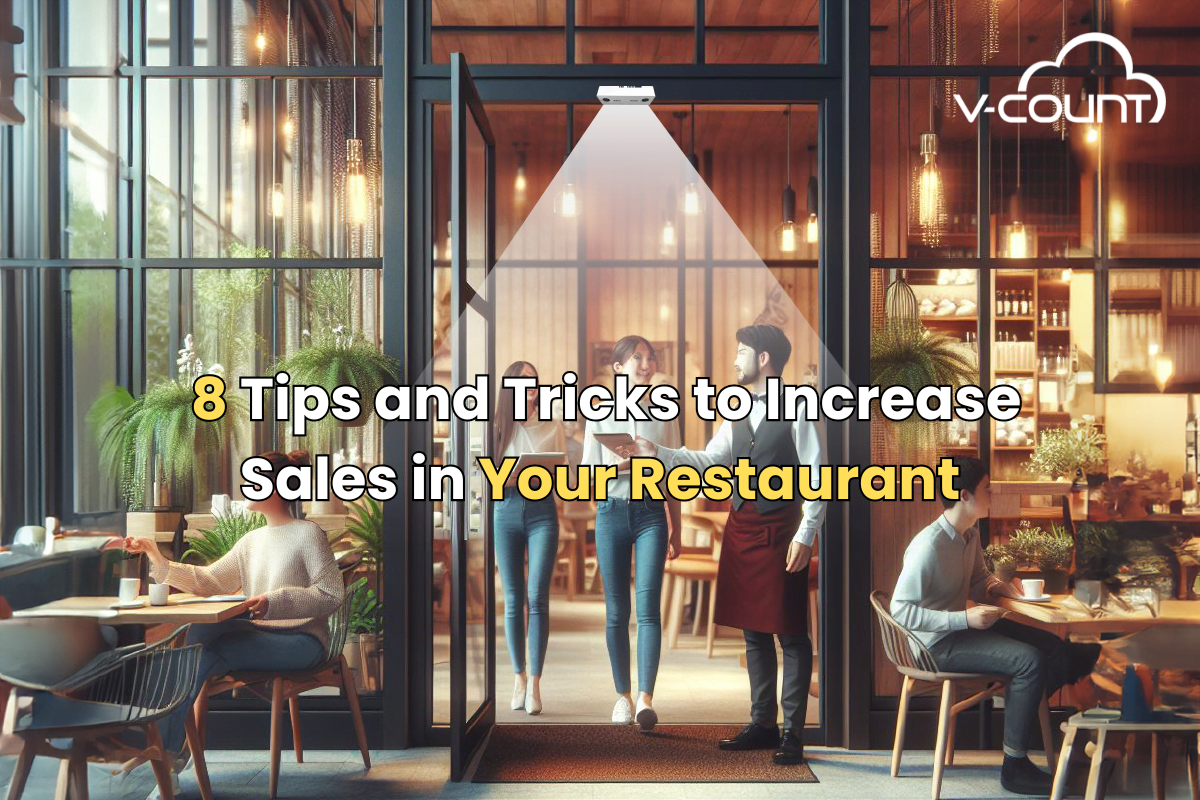 When asked about why consumers buy at their favorite supermarkets, many will initially respond with the retailer stocking the product they seek or is conveniently located. However, a study from Bain and Co. depict that it is the in store experience the shoppers have encountered – specifically a short queue time upon check out or seeking customer service.
When asked about why consumers buy at their favorite supermarkets, many will initially respond with the retailer stocking the product they seek or is conveniently located. However, a study from Bain and Co. depict that it is the in store experience the shoppers have encountered – specifically a short queue time upon check out or seeking customer service.
From product selection to check out, every consumer’s interaction with the supermarket should be a seamless procedure. Consumers demand that their shopping experience to be fast, easy and their queries resolved in a timely manner. When managed accurately, it results in the reduction of handle time for the supermarket and increases the satisfaction quotient for the shopper.
For instance, after queueing for more than five minutes, a customer’s perceived wait time is two times more than the actual wait time. When left impatient while waiting in long queues, 80 – 90% of consumers switch to a competitor.
Also, 77% of shoppers are less likely to return to a store where they experienced long checkout lines and 19% of shoppers walk away, if the waiting line has more than 5 people in it. Further details on our key figures can be found in the brochure attached.
According to Professor Ziv Carmon of INSEAD Business School, in the consumer’s psychology, they are generally more concerned with how long the waiting line is rather that the speed it is moving. When there is a choice between a long but faster line and a short but slower line, consumers often choose the shorter line even if the wait time can be significantly longer.
The Whole Foods Concept
 Whole Foods changed this perception by bringing forth a new queue counting system where consumers formed one line before each register during check out. When the executives analyzed floor plans and designed this concept, they opted for a solution that was less space consuming and had the capacity to handle a bigger crowd in their New York City stores.
Whole Foods changed this perception by bringing forth a new queue counting system where consumers formed one line before each register during check out. When the executives analyzed floor plans and designed this concept, they opted for a solution that was less space consuming and had the capacity to handle a bigger crowd in their New York City stores.
Besides hiring a large cashier team, Whole Foods today have also implemented the color coded screens which direct the consumers to registers and informs them on their check out time.
These factors all contributed to Whole Foods having the fastest queues compared to all supermarkets in New York City. During the peak shopping times between 4 – 6 pm, the check out time was 4.5 seconds for every consumer (New York Times).
Queue Counting Systems
People Counters enable supermarkets to capture and track consumer and employee movements around the retail space. The generated reporting enables understanding of traffic patterns, queue counting is also a tool to effectively manage lines and measure sales conversion.
Queue counters allows supermarkets to attain the knowledge and effectively manage the check out queues. People counters are able to generate reports on the average wait time, count the number of consumers in every queue and the average number of people waiting in every line. This reporting can help predict the amount of cashiers that is needed to reduce consumer’s wait times.
Queue counting systems gives precautionary prompts to supermarket staff. When the queue has exceeded a certain number of shoppers, people counters immediately notify the supermarket employees via email. If people counters are also installed at the entrance, it prompts the staff when the general traffic has increased, allowing them to prepare for a larger crowd at check out.






